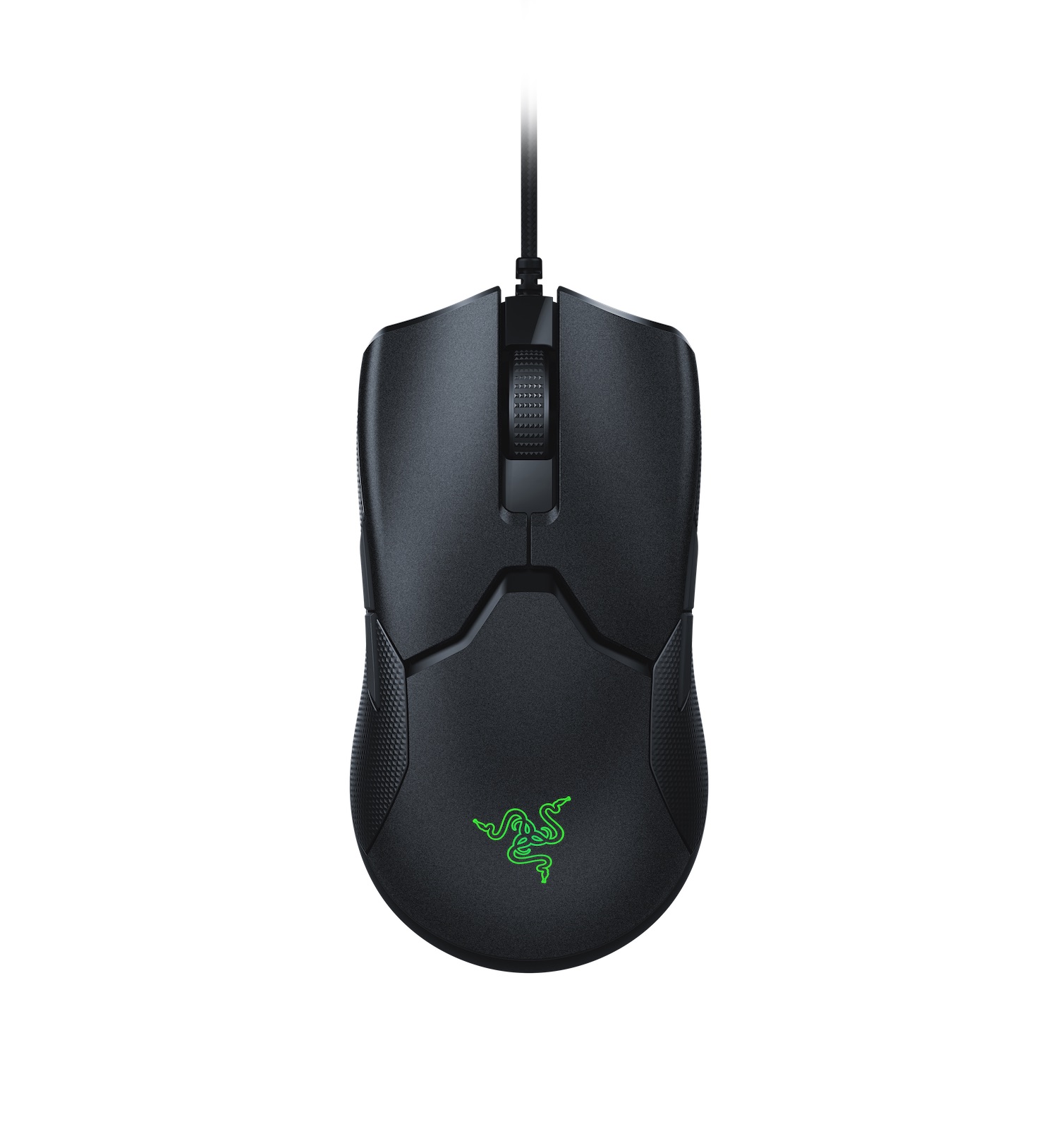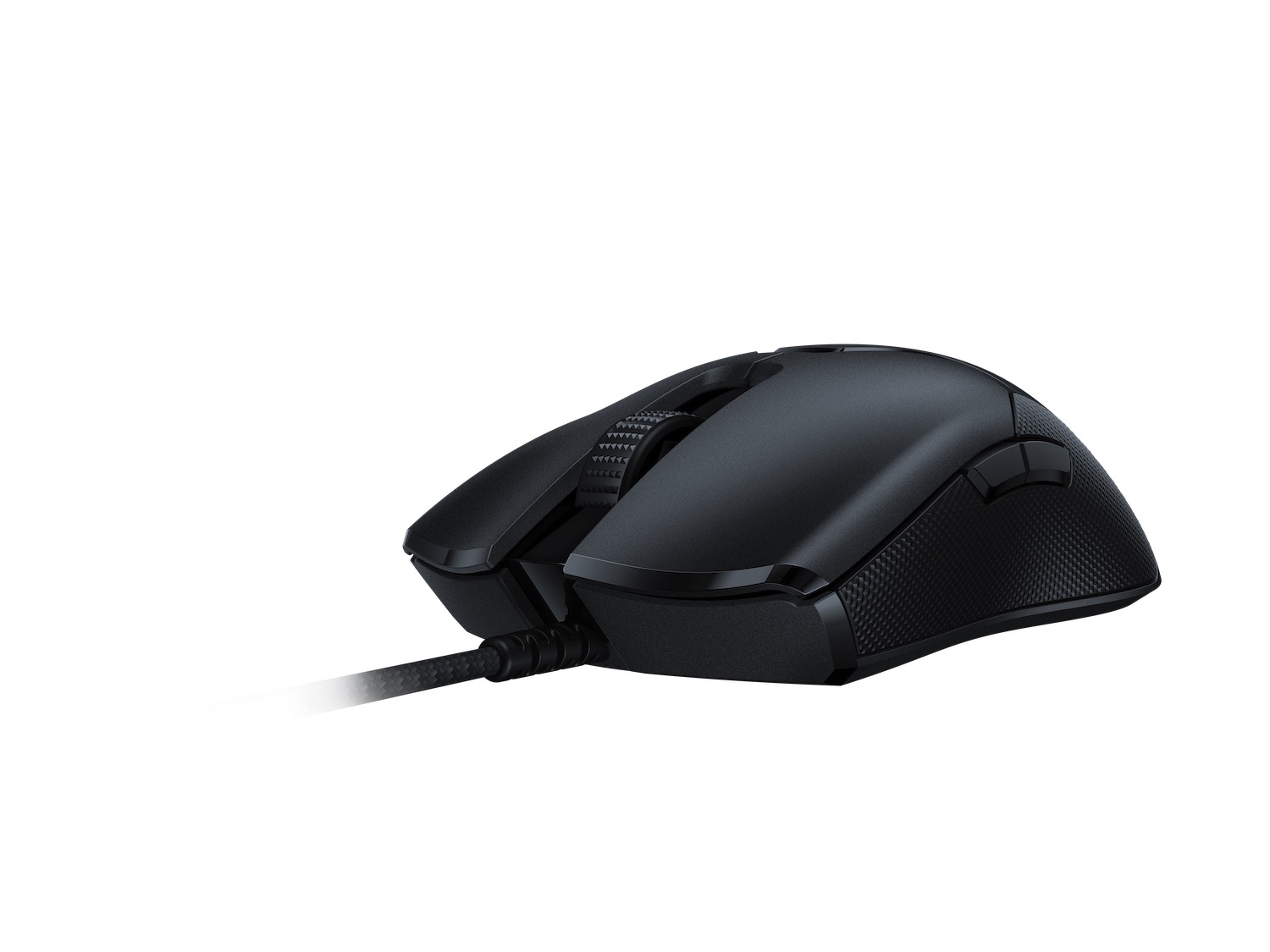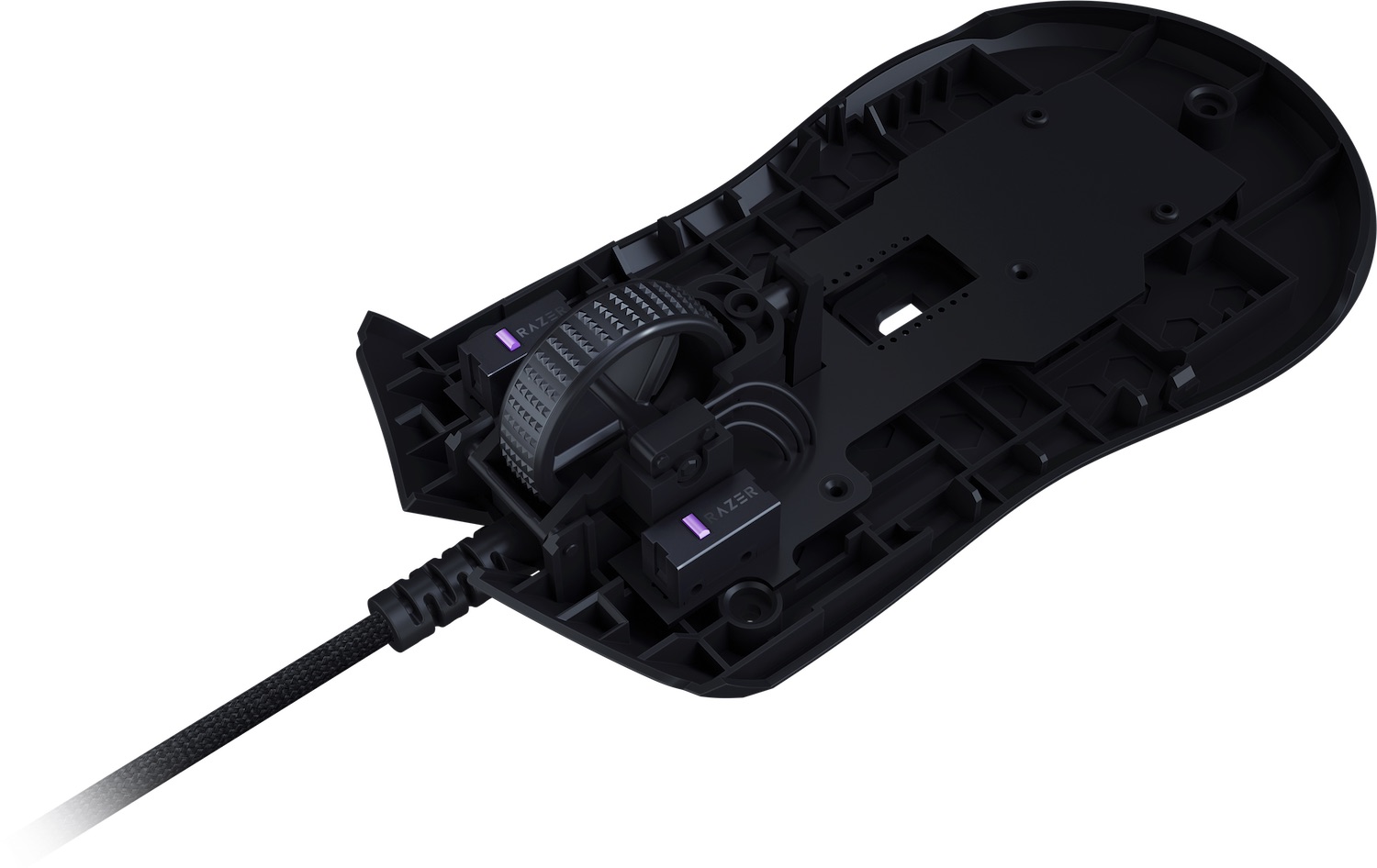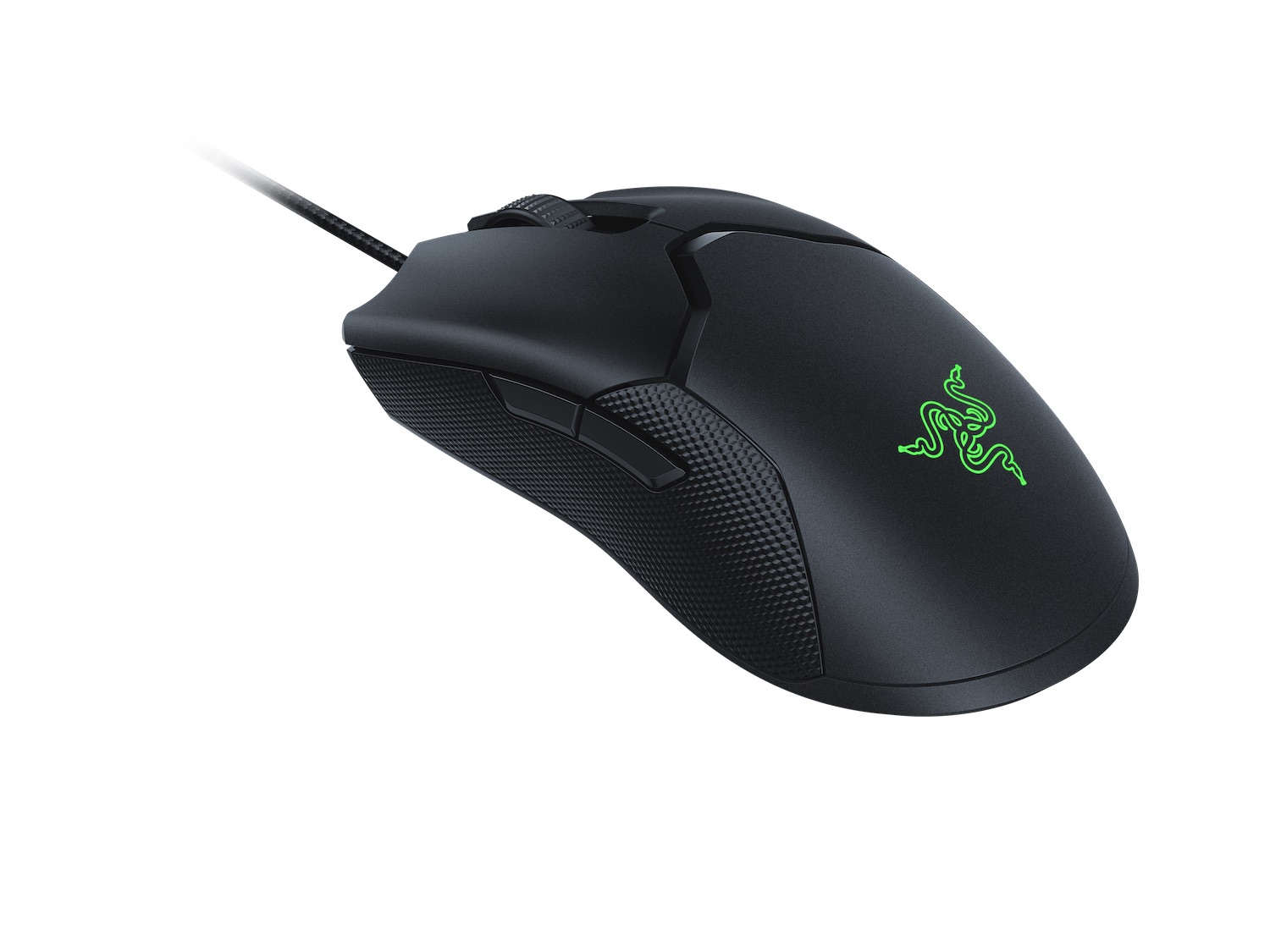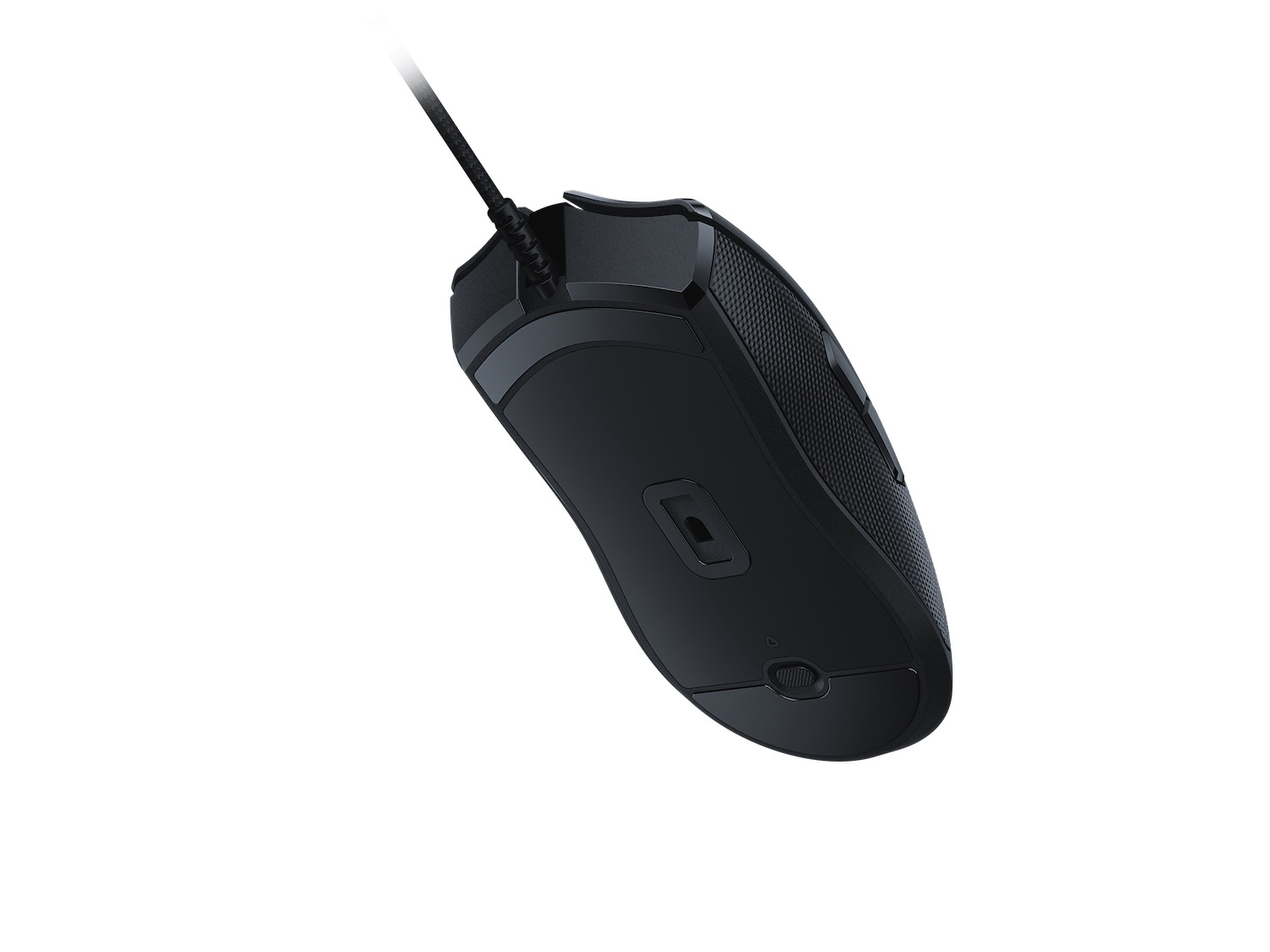
Razer’s new gaming mouse, the Viper, joins the family of performance-focused esports peripherals and is designed for the most demanding competitive play. In fact, there’s built-in collaboration with some notable esports professionals like MIBR CS:GO legend Epitácio “Taco” de Melo.
Everything about the Razer Viper is designed with speed and precision in mind. The star of the show is the new Razer optical mouse switches, which the company claims are three times faster than traditional mechanical switches. This rings true considering that an optical switch uses an infrared light beam through a shutter to send a signal to your computer for an instantaneous response when clicked. This is unlike mechanical switches, which use a metallic contact that often results in a “debounce delay” that leads to slower response time.
This faster actuation speed isn’t the only benefit to using optical switches. Durability is much improved, with Razer saying that the Viper’s switches will live through 70 million clicks — a lot longer than the industry standard of 50 million clicks for other mouse switches. CS:GO star Taco has been using a prototype of the Viper for a year and says: “The click of the optical switches feels smoother and faster, and the flexibility of the cable makes it awesome for CS:GO.”
The Razer Viper doesn’t stop at the cool new switches either. Razer has managed to create its lightest ever mouse — it weighs in at an impressive 69 grams, which isn’t too far from the skeletal Glorious Model O‘s 62g. While the Model O uses a skeletal frame to keep the mouse light, Razer has achieved a similarly light weight without compromises to the structural integrity of the Viper. It will likely take much more of a beating than competitors.
The Razer SpeedFlex cable has a new low drag covering that will ensure less friction and snagging so players can make quick and precise movements with ease and confidence. Inside the Viper is a 5G Optical sensor with a native resolution of 16,000DPI and a tracking of 450 inch per second for superior accuracy. These settings can be tuned through Razer’s proprietary Synapse software and stored in the Viper’s onboard memory storage. The Viper also has eight programmable buttons that can be used for macros and secondary functions as the player sees fit.
The Razer Viper is available globally now and retails for $80 on the Razer store.
